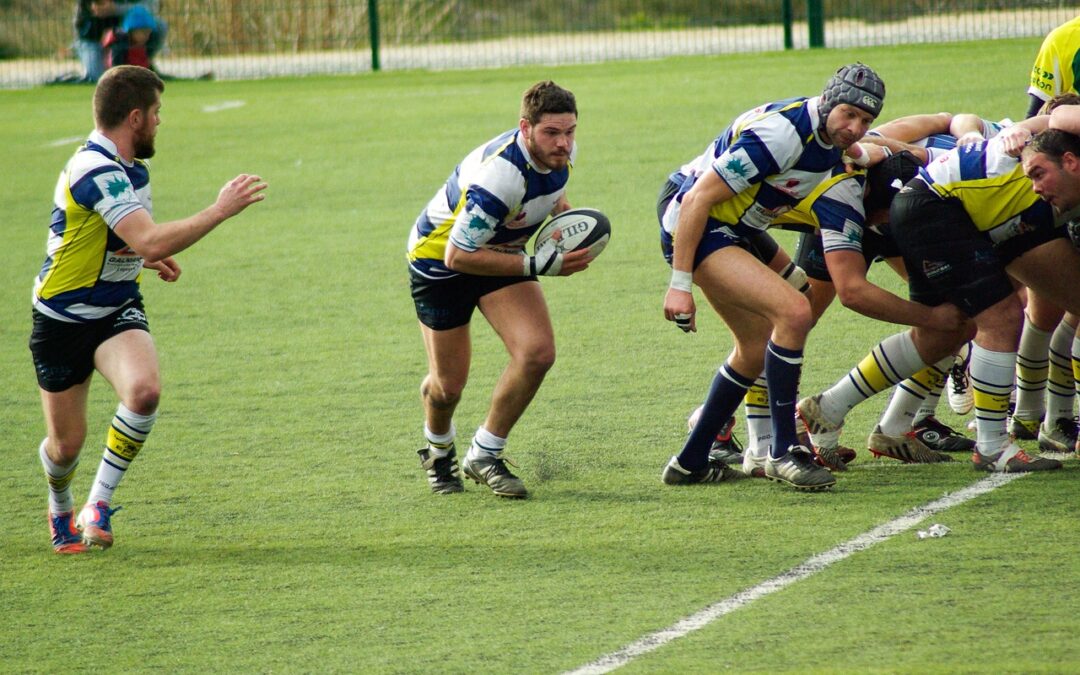Does Headgear Prevent Sport-Related Concussion? A Systematic Review and Meta-Analysis of Randomized Controlled Trials Including 6311 Players and 173,383 Exposure Hours.
Al Attar WSA, Mahmoud H, Alfadel A, Faude O. Sports Health. 2023 May 19:19417381231174461. doi: 10.1177/19417381231174461. Epub ahead of print. PMID: 37204092.
Full Text Not Freely Available
Take-Home Message
Headgear worn by young soccer or rugby players fails to decrease the incidence of sport-related concussions.
Background
Protective headgear reduces the risk of facial and teeth injuries; however, there is inconsistent research to support the rate at which they prevent sport-related concussions.
Study Goal
In this systematic review, the authors identified and summarized findings from 3 randomized control trials that evaluated whether headgear effectively lowers the incidence of sport-related concussions.
Methods
The authors systematically searched 5 databases to identify randomized control trials that evaluated the extent to which headgear prevented sport-related concussion. All of the control groups did not wear headgear. The authors recorded exposure hours and the number of players to calculate the injury rate and documented compliance.
Results
The 3 trials had “medium” to “good” methodological quality on the PEDro scale. The primary outcome assessed in each trial was the number of sport-related concussions per group (headgear vs. no headgear/control). The pooled results included 6,311 players and 173,383 exposure hours. The authors found that headgear failed to prevent concussions in soccer or rugby. Compliance was variable between the studies (99.6%, 46%, and unmeasured in 1 study).
Viewpoints
The authors of this systematic review concluded that the risk of suffering a sport-related concussion in either the headgear or non-headgear group was practically identical. It should be noted that the trials for rugby only included young males. While the soccer trials included females, the study focused on 14 to 16 year olds. Hence, it’s unclear how headgear performs among older athletes and female rugby players. The authors also found that compliance was quite variable. One soccer study had high compliance, while one rugby study had low compliance. It would be helpful to understand if differences in compliance were related to different strategies to promote compliance, differences in sports, or personal preferences for headgear styles. Understanding what worked in soccer but not in rugby could help identify strategies to promote good compliance.
Clinical Implications
Medical professionals should not promote wearing headgear for soccer and rugby athletes to prevent concussions. Instead, medical professionals should promote concussion education in what can prevent concussion, such as proper form (e.g., keeping head up while dribbling/being aware of surrounding) and proper tackling technique in rugby (e.g., not using their head).
Questions for Discussion
Do you encourage headgear in sports such as soccer and rugby? Does this systematic review change your stance? Why or why not?
Related Posts
- Headgear May Decrease Concussion Risk in High School Lacrosse
- Aftermarket Helmet Add-Ons Are Not Adding Up
- Females Not Only Have Increased Risk of Concussions But More Severe Concussions
- A Closer Look at Concussions 2016-2020: Increasing Prevalence and Sex Differences
Written by Jane McDevitt
Reviewed by Jeffrey Driban


